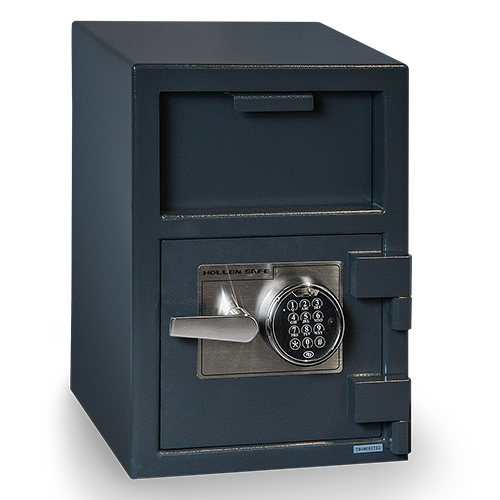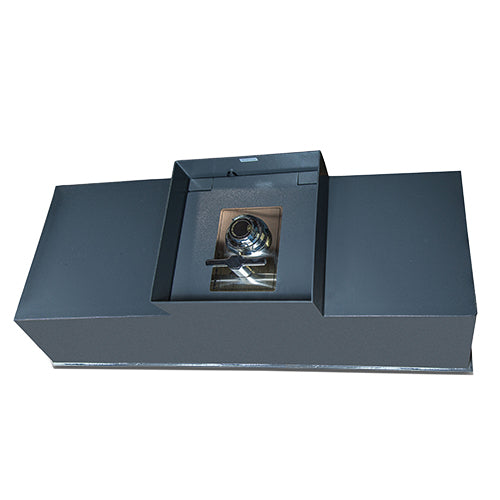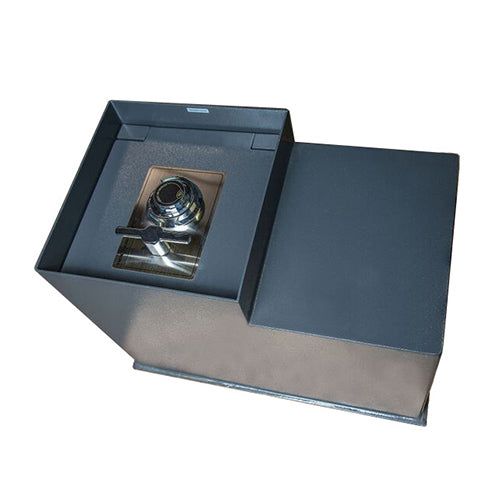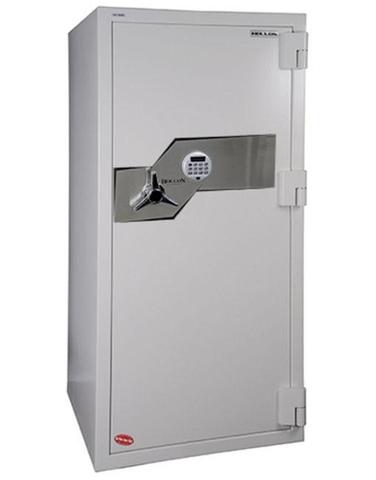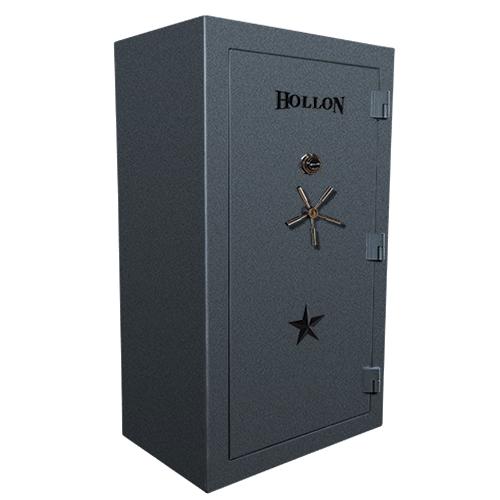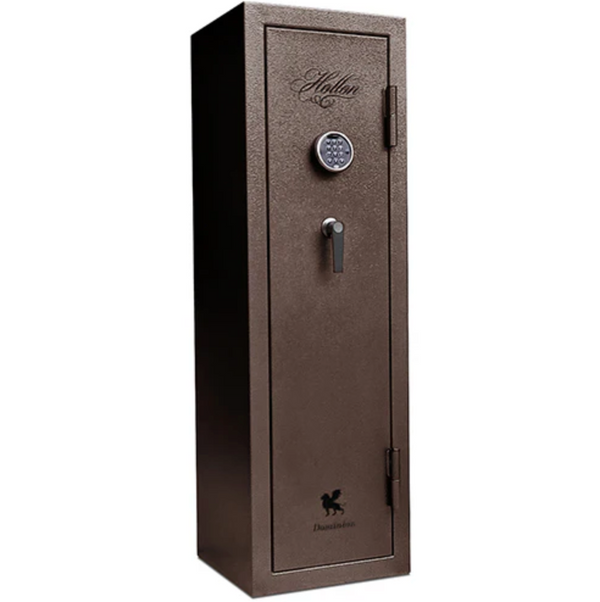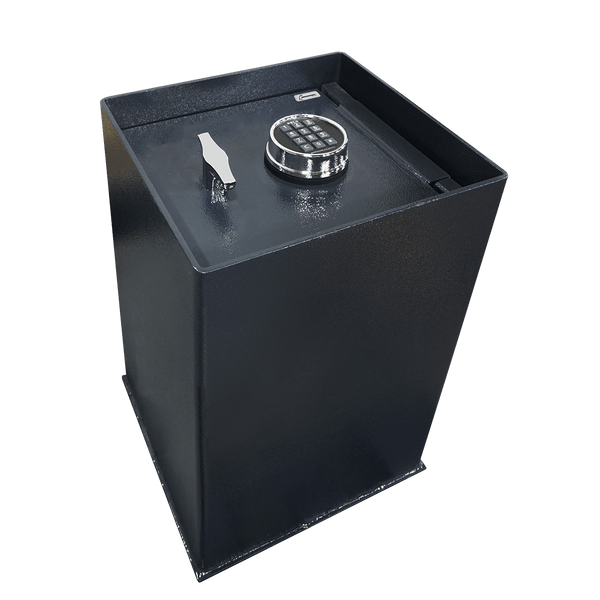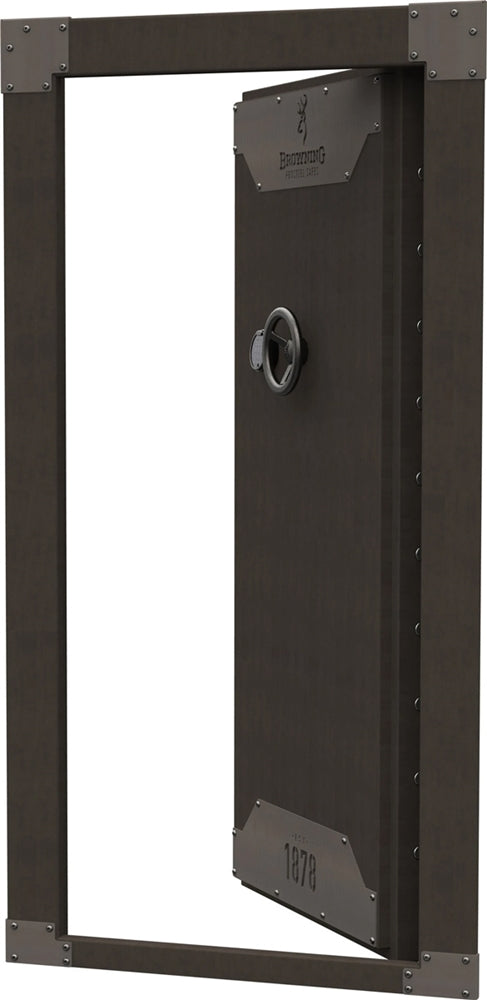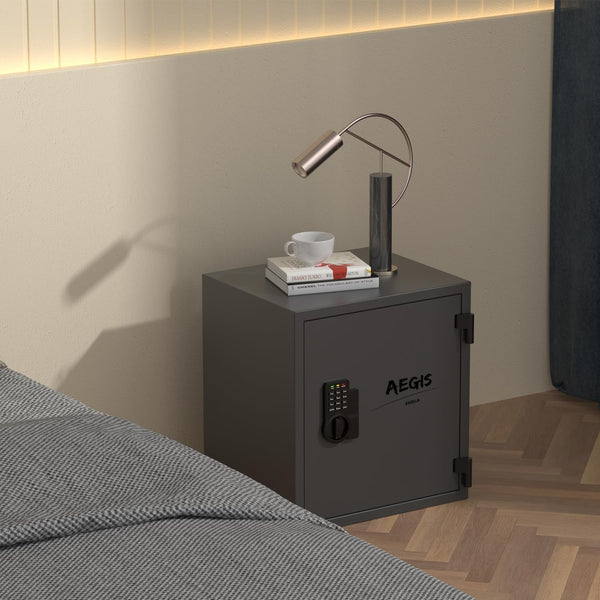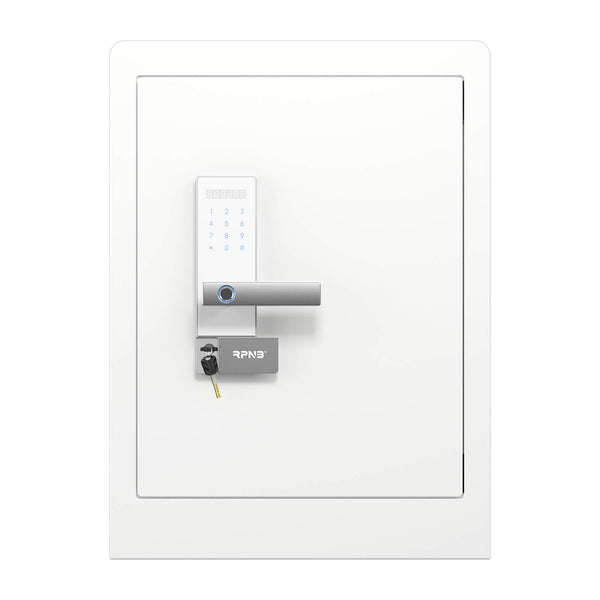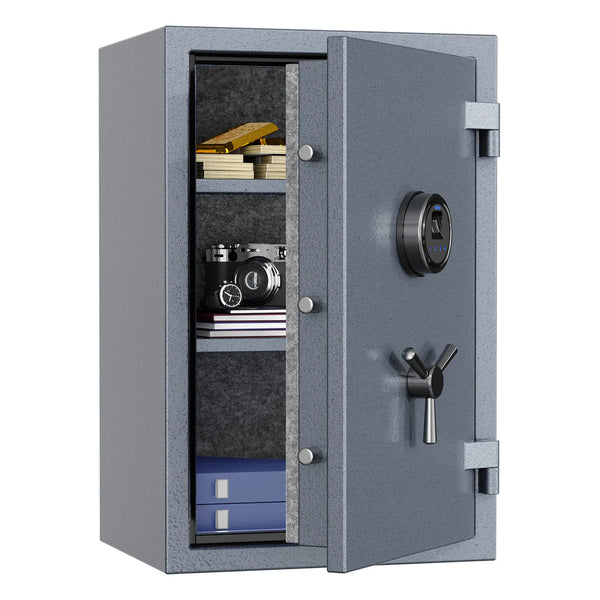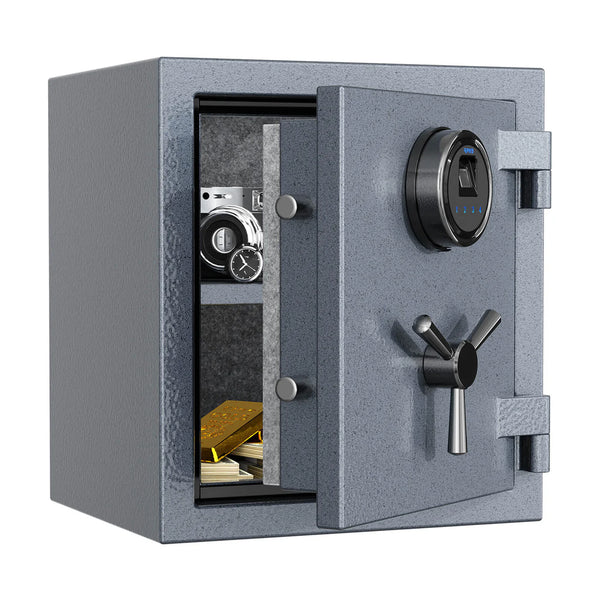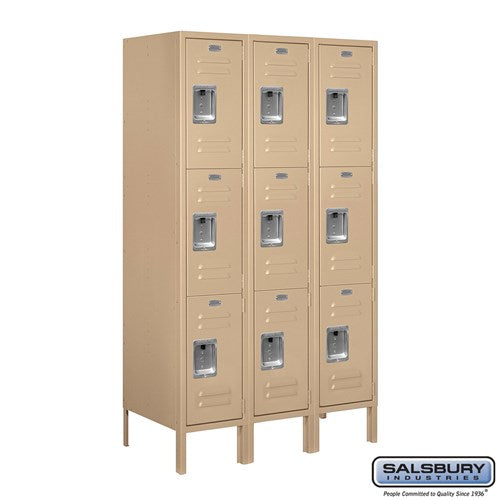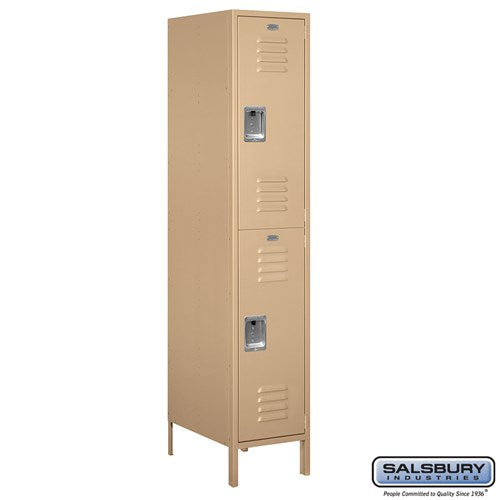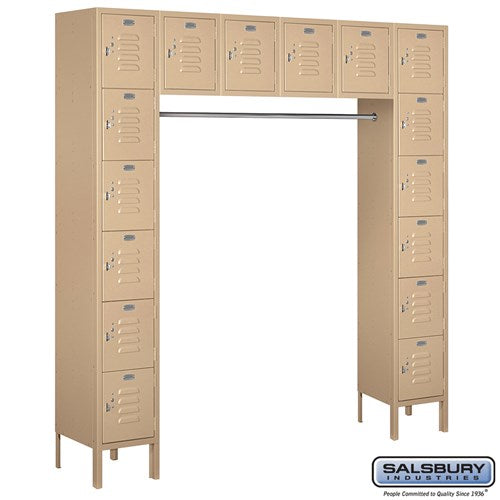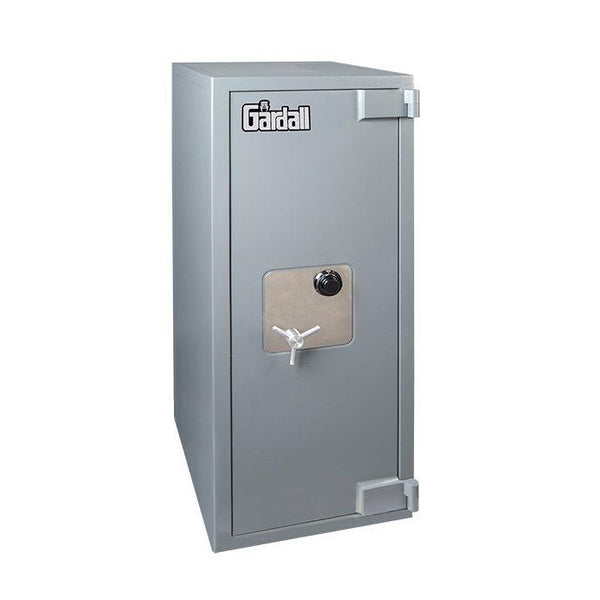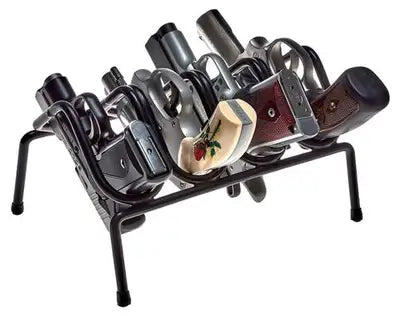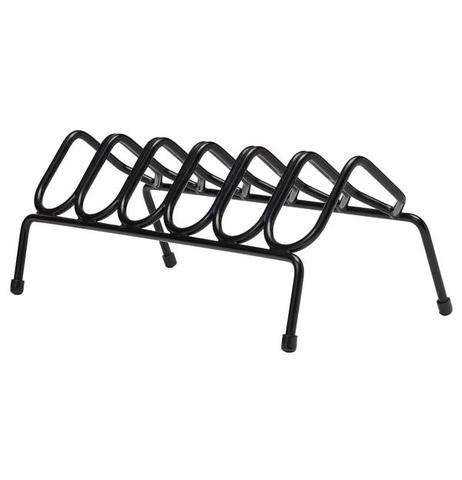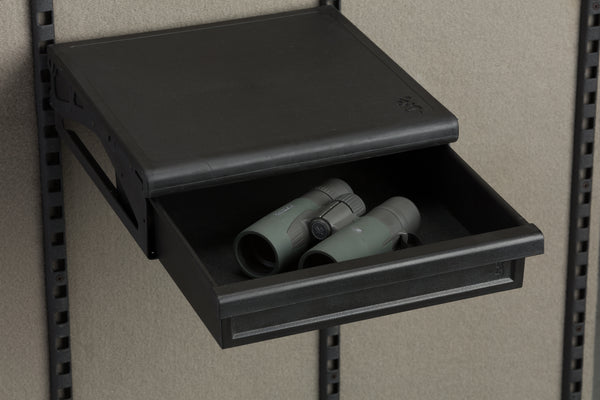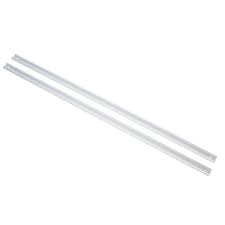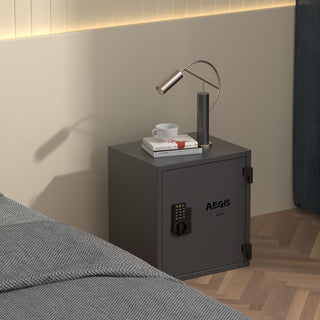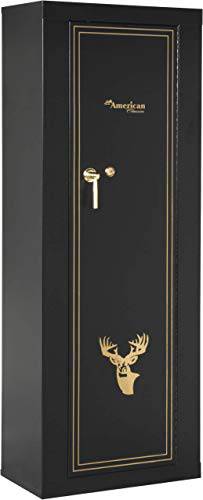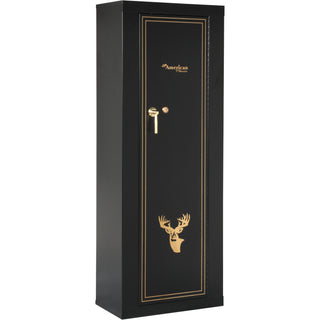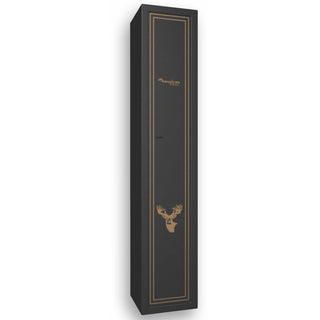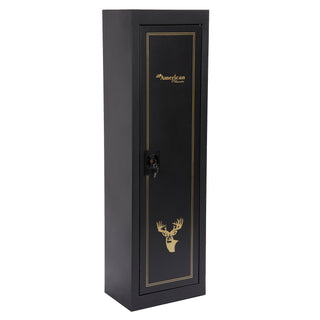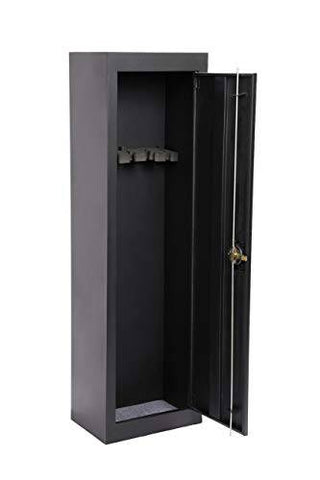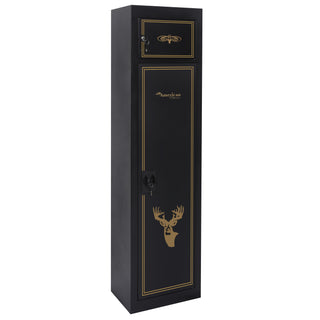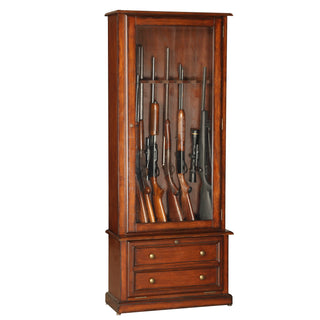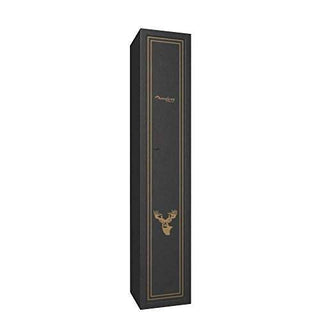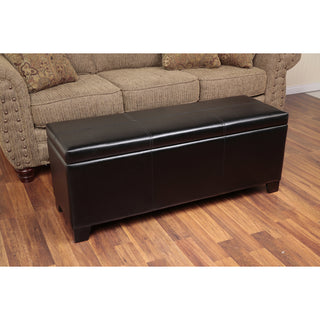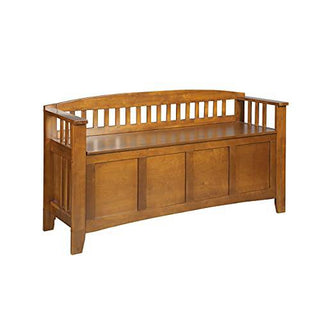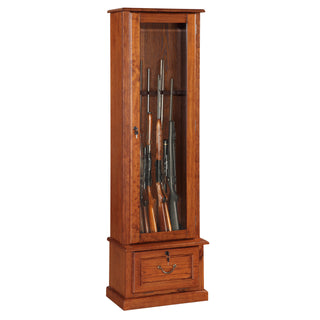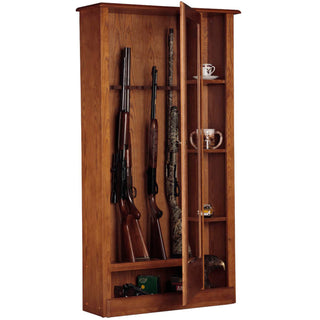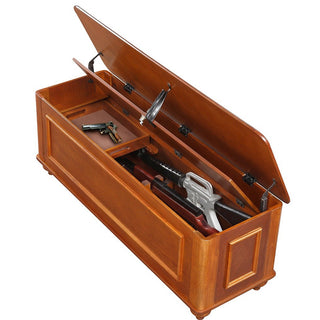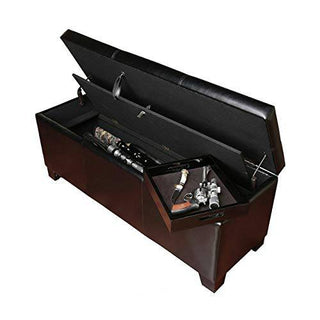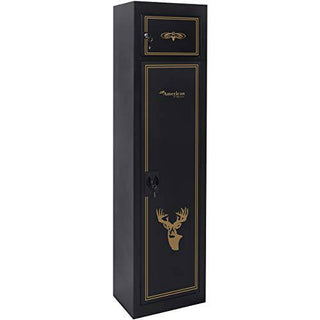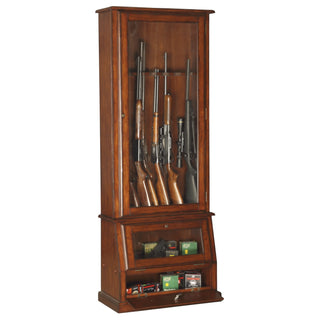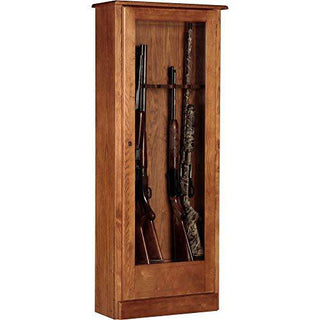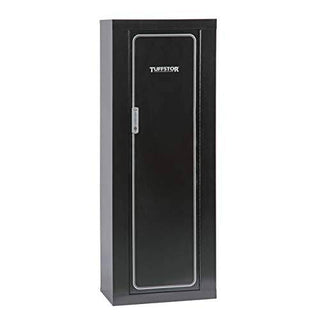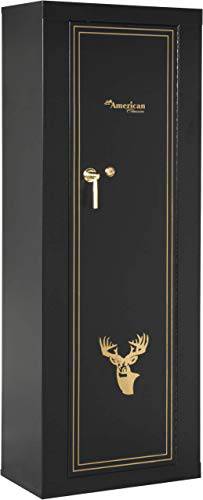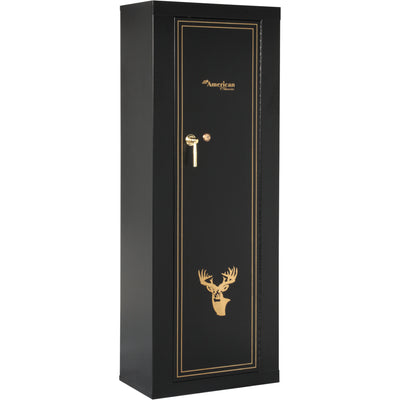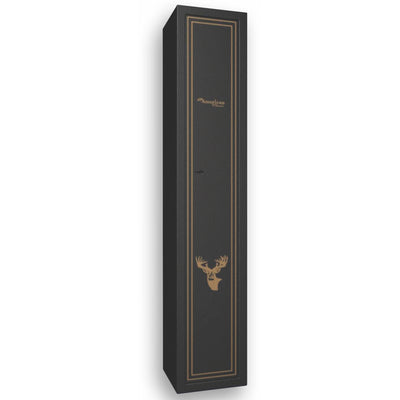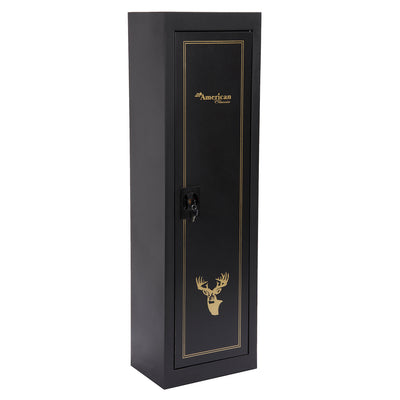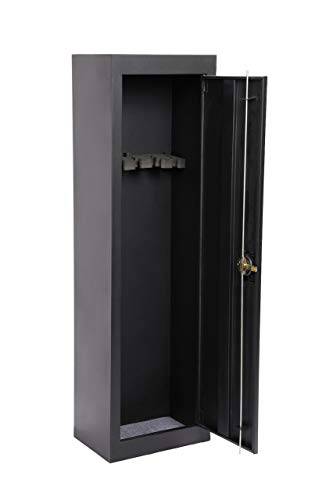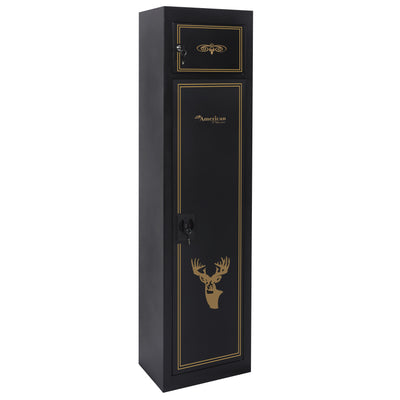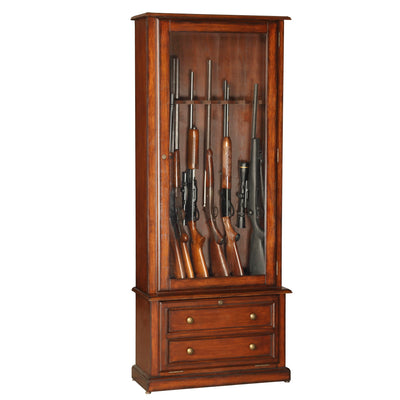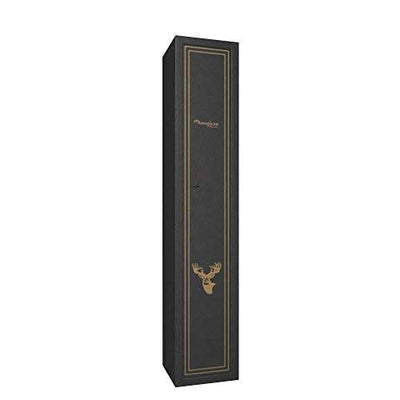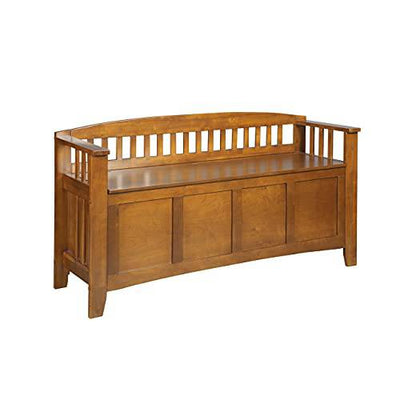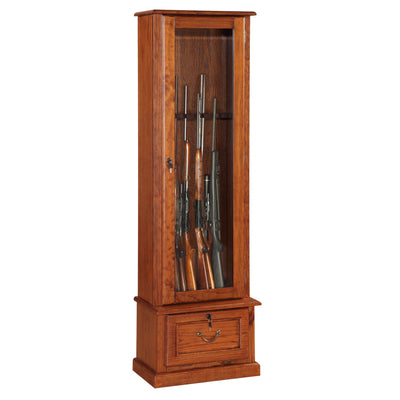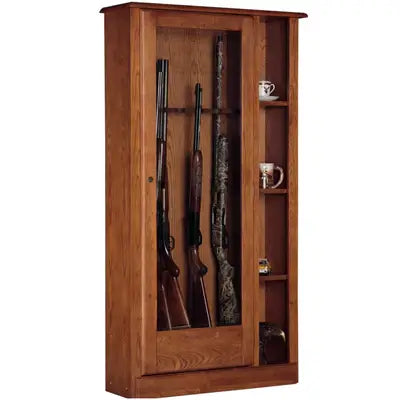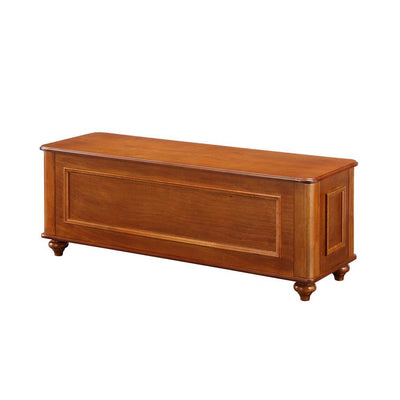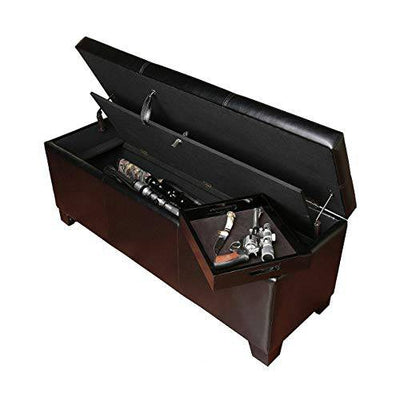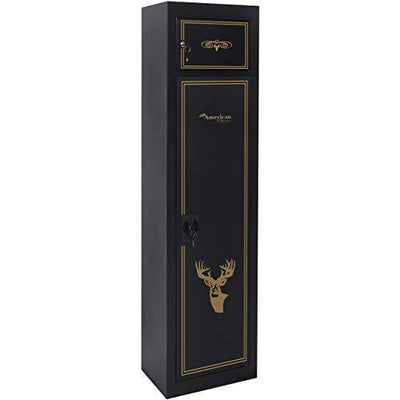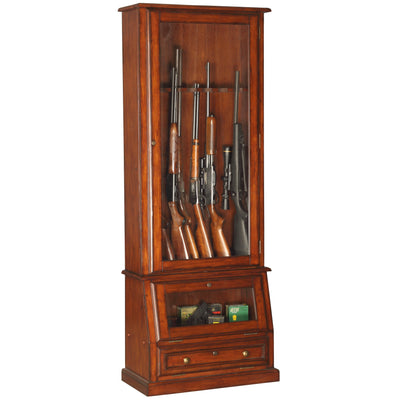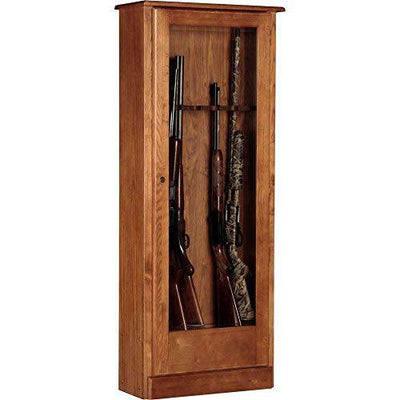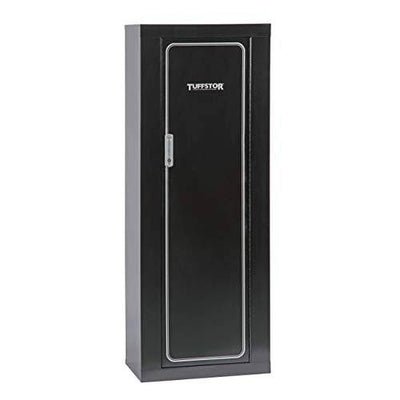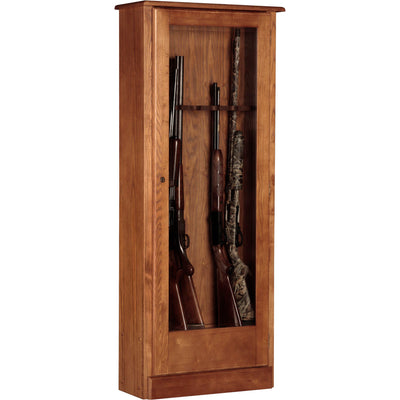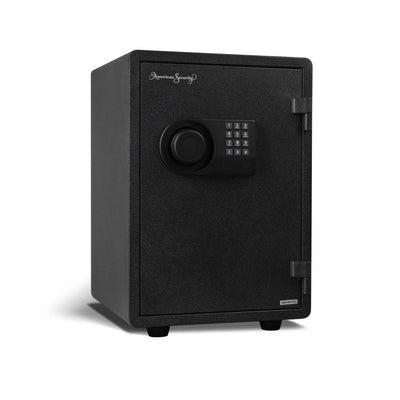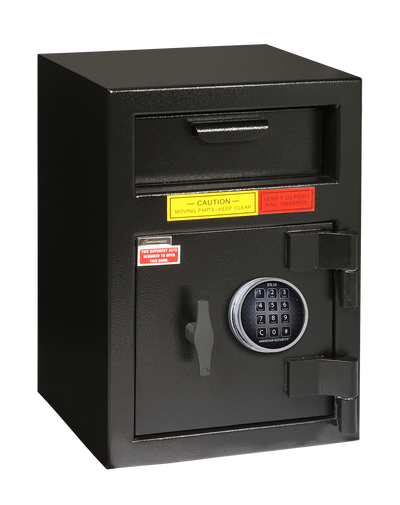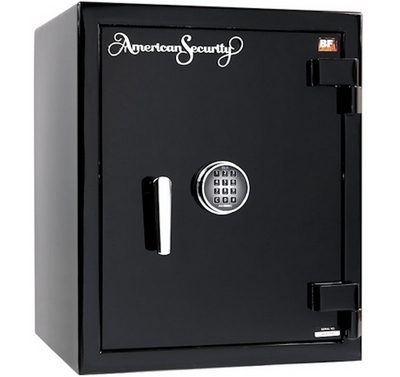
*This post contains affiliate links to products. We may receive a commission for purchases made through these links, but it never influences our product selection process.
Table of Contents
The best locations for an in-wall safe are:
-
A hidden location like a bedroom closet, installed in dry-wall
-
A laundry room
-
Basement rooms especially a workshop, or workout room
-
Home office or study
-
A hidden area such as a pantry, or storage closet
-
The back wall of built-in closets such as a mud-room
-
Hidden areas under a staircase
-
A sidewall that is not easily seen
-
A child’s nursery
-
Attic storage areas under eaves for example
-
A media room, discretely located behind a collection of DVDs, etc.
The main benefit of an in-wall safe is that burglars cannot locate it easily because it is installed in a hidden location. As you need to create a space in the wall that perfectly fits a safe, it is important to consider types of hidden wall safe to get the right wall area and the correct size of safe.
Advantages of In-Wall Safes
There are several reasons why people choose to use a wall safe to protect their valuables at home.
Concealed
The installation of walls aims to conceal it behind an object such as a picture or in a closet. This increases the level of protection since it cannot easily be found by strangers, and burglars need time to look for it first before breaking in.
Almost impossible to remove
An in-wall safe is equipped with two wall studs and joints that make it match perfectly with the space created on the wall. Once it is installed on the wall, it’s completely sealed. To remove it, burglars need extra effort and tools to remove the safe.
Relatively Inexpensive
Since wall safes rely on concealment, it is not necessary to have a four-sided, heavy-gauge metal enclosure, with robust burglary and fireproof protection. The argument here is that if the face cannot be easily found, then it need not be engineered for all manner of protection.
Easily Installed
By comparison, recessed safes are easier to move and install compared to heavier (sometimes 800lb!) safes that need to be carried in, positioned, and bolted down. Recessed safes are ideally installed between two studs in a wall. Just remember to find a good location, have your stud finder ready, and carefully measure the four corners of the safe to ensure it fits in the desired location.
Let’s explore the possible locations at home for installing a wall safe.
Options For Installation of Recessed Safes
A shallow safe
To install a shallow wall safe, you have to get rid of the drywall and fix the safe into the space you have made on the wall. This is usually between studs in the wallboard.
A deeper safe
A deeper safe commonly requires extra effort than the shallow one, so you probably need help from a builder or contractor to install a wall safe correctly. They have to know and get used to the brickwork of your home so that they can choose the best location and create a suitable size of space on the wall. This is important to place an in-wall safe perfectly into the safe and later give the homeowners easy access to it.
A fake wall
If you don’t want to create any space on the existing walls at your home, creating a fake wall can be a good alternative. This method works well in any small area at home. However, it still can be performed in the whole space. People like to install an in-wall safe into a fake wall because it’s often effective to trick burglars when they break into a house.
How To Install Wall Safes | Easy Steps
Installing a safe inside a wall is not as complicated as one may think. A safe with a modern appearance can blend well with its surroundings. Although not all wall safes are similar, they are different and have their own advantages. No matter the size or appearance of a safe, you must ensure that it is bolted properly to a wall structure using screws instead of drywall anchors.
Measure
The first step to installing a wall safe in drywall is to check the size of your safe; you can measure the wall space where you want to install it. You can then mark the space, and cut the opening, ensuring that the safe will fit properly. This is why you must use a stud finder and measure first before making marks on walls to install a wall safe. A drill bit is also required in order to provide holes where the safe will be installed, make sure you won't drill in any electrical wiring, and use a stud finder. You should buy additional wall studs if the safe is too heavy.
Drilling Wall Studs
The next step to install a wall safe involves drilling holes where the drywall anchor will go inside of them, you can use a stud finder for this. They should be deep enough and wide enough to fit properly into a wall—drill holes for the wall studs where you will insert them to secure the safe.
Securing Wall Safe
Safe installation is very crucial, and you should think of some ways to keep it secured. You can locate studs in the walls by using a stud finder. You can also bolt the frame to the floor in order to prevent burglars from stealing it easily. The bottom part of the safe can be bolted or anchored so it will not fall off with ease.
FAQs | What Readers Want To Know
Where should you keep a wall safe in your home?
A wall safe is a useful item to have in your home as it can be used for keeping valuable jewelry, cash, and other items of value that you would rather not leave lying around the house at risk of being stolen. A wall safe can be mounted onto virtually any wall and blends in so well with its surroundings that most people will not even notice that it is there, there are many rooms like a cellar, garage, laundry room, etc. This makes wall safes an excellent option to use as they can be used to conceal the valuable items you are storing without any risk of being discovered by potential burglars.
How do you secure a wall safe?
A wall safe is secured by attaching it to a wall or wall stud that can be bought at many hardware stores. You can use a wall anchor made for this purpose or anchor the safe to the wall with bolts and screws. The tools required to install a wall safe may change, according to your specific circumstances. Be sure the wall you attach it to can handle the weight of the safe.
When should you consider installing a wall safe?
A wall safe can be a handy way to hide away valuables in a secure place that's easy to access. They're not a good choice for large guns because wall safes are typically smaller than other safe options.
Conclusion
In conclusion, an in-wall safe is a practical and secure solution for storing your valuables. By carefully considering the best location and installation methods, you can effectively maximize the security of your items. Remember to take into account the advantages of in-wall safes and follow expert tips to ensure the utmost protection. With the right approach, you can enjoy peace of mind knowing that your possessions are safe and secure.









